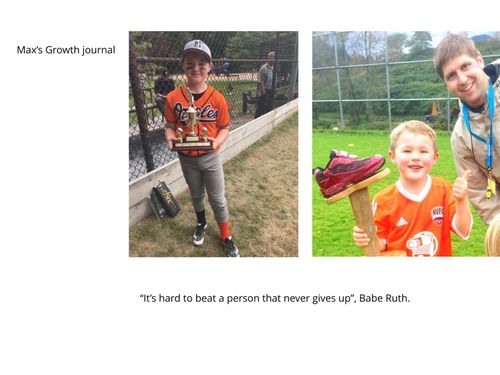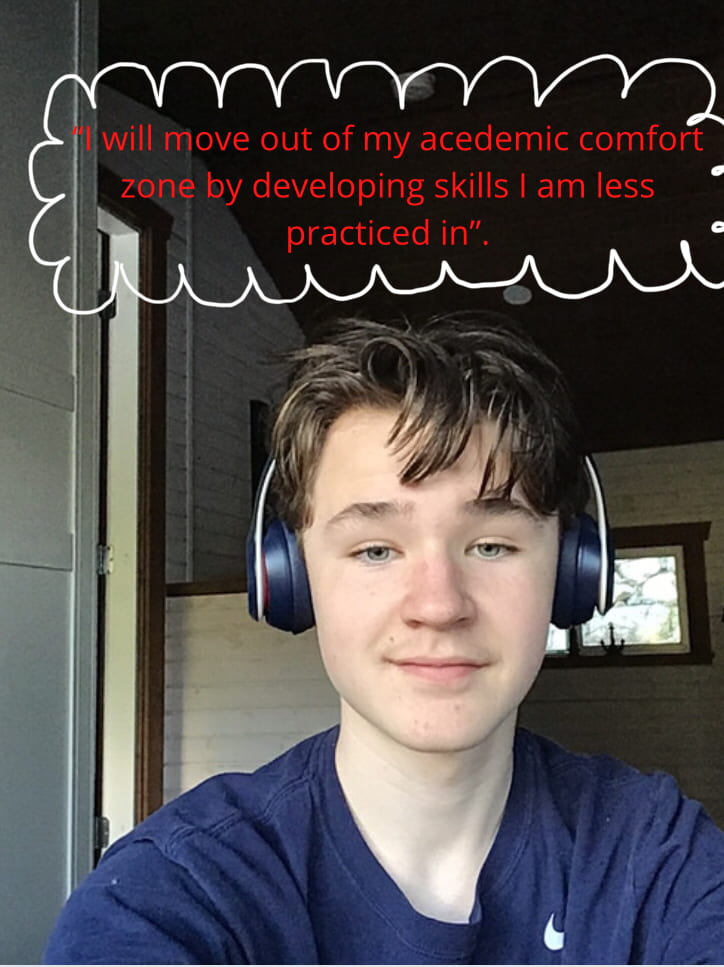Hi everyone, today I’ll be writing about a project I have recently finished called “Argh Matey”!
This project was all about European exploration and the impact that it had. It was also about pirates, hence the Argh Matey name.
The driving question in this project was: “What was the impact of global exploration”?
My answer to that is that exploration of the americas impacted the people living there, the foods in Europe (Pizza from tomatoes), and affected humanity as a whole.
This project also included analyzing worldview, which is what our last project was about. To read that post click this link: “How it started How it’s going” Post.
To represent my learning, I will show you guys the milestones/stepping stones that helped me answer the driving question best. I will also show you the final product to this project.
Milestone 1 was about analyzing cause and consequence. Cause and consequence is a technique that historians use to examine tragedies and accomplishments from the past. There are underlying causes, immediate causes, and immediate consequences, and long term consequences.
For this milestone we used an app called “AR Makr” to tell a story using the cause and consequence technique. Also, we created one object for our display using keynote to bring our story to life.
Here’s what ARMakr looks like:

The competencies assessed for milestone 1 were Discussing, Listening, and speaking, Analyze Cause and Consequence, and finally Empowered Learner.
For Discussing, Listening, and speaking, I think that at first I was pretty solid at that competency. However, there’s always room for improvement and I think that I did just that. I did that by being more engaged in lessons, and keeping focus on whoever is speaking.
For Analyze Cause and Consequence, at the beginning I didn’t quite know what I was doing. I got better at this competency by working on it more and by exploring different topics and finding the causes and consequences of those events. Now, I think that I’m pretty good at organizing different ideas into the web.
For Empowered Learner, at first I knew how to use my iPad tool pretty well. However, learning how to better use both ARMakr and Keynote expanded my knowledge more.
We learned about cause and consequence and drawing in keynote because they ultimately tied in to the final product. This milestone helped me answer the driving question because when we were learning about exploration we used cause and consequence to learn why they explored and what the effect of it was.
The next thing that helped me answer the driving question was learning about global exploration. This helped because the driving question is based on what the impacts of global exploration were. Throughout these lessons we first learned why the Europeans explored. They explored for the three g’s, Gold, Glory, and God. We also learned lots about Christopher Columbus and the Columbian Exchange. The Columbian Exchange was a period where trade of food, animals, and disease happened between the Europeans and Indigenous peoples.This information was crucial because it was the main piece in the final product.
Finally, the milestone that helped me answer the driving question best was the final milestone/final product. For the final product we first created a web of cause and consequence based around “the age of exploration”:

I then took those ideas from the web and created a story spine. A story spine is a technique of storytelling that is very commonly used in movies. Soon after, I converted the story spine of ideas and wrote a script about why the Europeans explored and what the causes of that were.
The second step of the final product was creating a ARMakr scene with objects that we created ourselves. Also, the script that I wrote ended up going along with our scene, so I spoke my script while I was moving around my scene. Furthermore, these objects fit with each paragraph I said. We ended up posting our ARMakr scenes as videos to YouTube.
Here’s my Scene:
MY AR VIDEO!
The competencies in the final product were the same as milestone 1.
To add, at the end of the project we were treated with a pirate pack from White Spot!
I ordered a hamburger, fries, strawberry ice cream, and a chocolate milk.
We also took our ships that we received and played around with the White Spot app.
Here’s my pirate ship:

In conclusion, I thought that this project was really fun because, well our reward was a pirate pack! I also found it interesting to learn about pirates and exploration, however I found that pirates are portrayed in a fictional way in today’s society. It was also good to learn more about how to use Keynote and ARMakr because using visual/artistic techniques to represent my learning is one of my personal goals.
Thanks for reading today’s blog!





